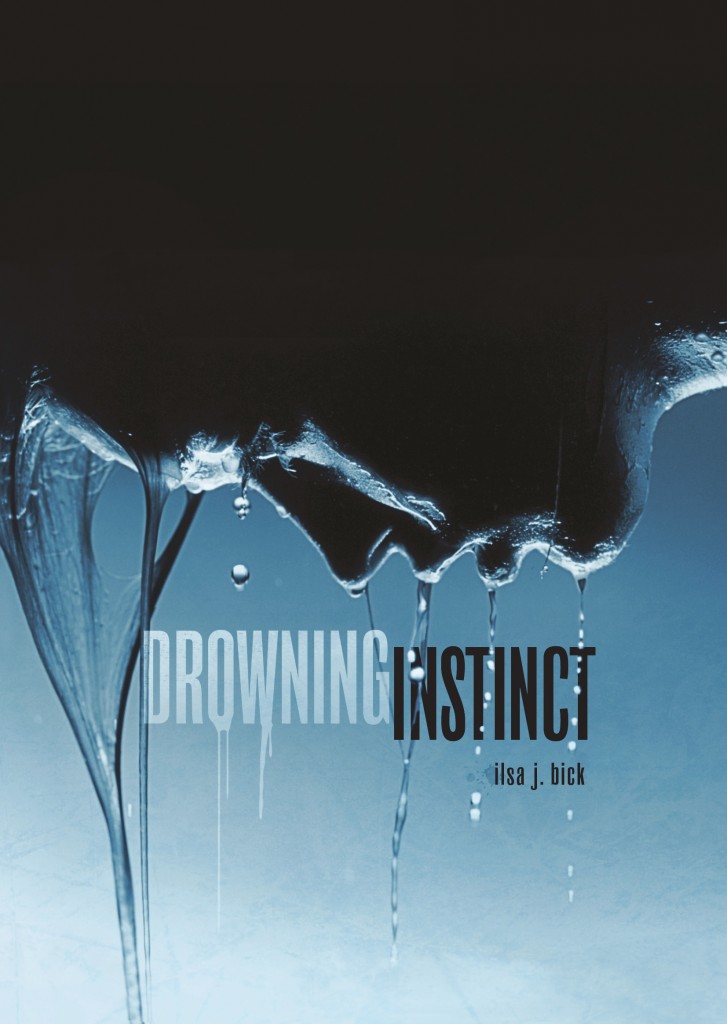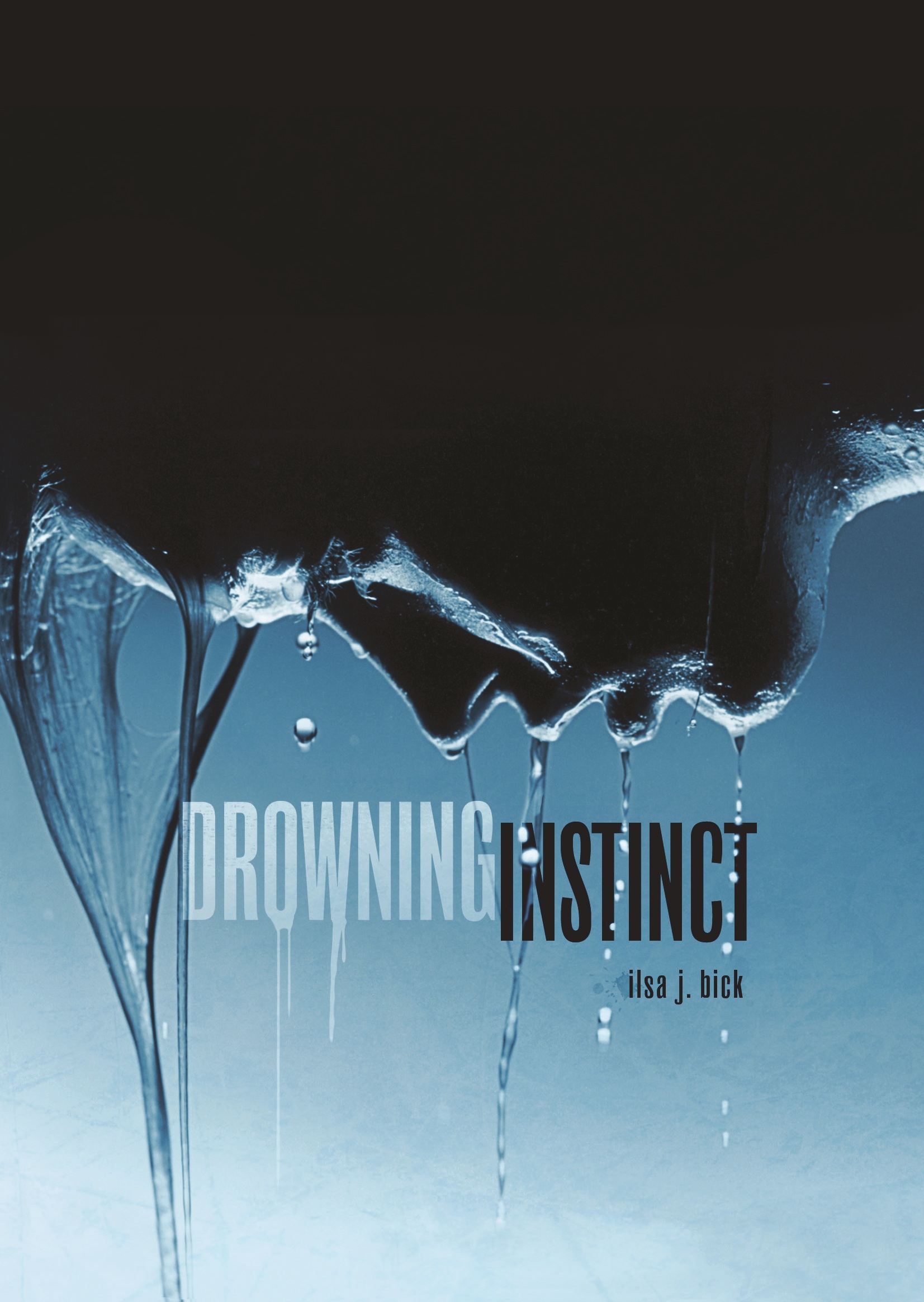If you’re any kind of writer these days, chances are you’ve been asked to Skype into a classroom or book club or festival. Sometimes the invitation comes from teachers, organizers, or club members; other times–and, probably, more frequently–your publisher. If you’re like me, you want to a) connect with your audience, potential or otherwise and b) please people, whether that’s your editor, your publicist, a friend of a friend, etc. No one likes to say no, and the invitation to speak–the idea that people might find what you have to say interesting or want to learn more about you–is very appealing, especially when you spend SO many hours slogging over a hot keyboard with only your cat for company who, let’s face it, loves you only so long as you’re holding the can opener.
So, the question isn’t only should you Skype, but is Skyping in your best interest? Forget being nice or pleasing people. Forget flattery. Will Skyping really help you?
Because, let’s be frank here: any appearance is a marketing tool, pure and simple. That’s it. You are showing up to market your product. In part, you’re marketing yourself, so it pays to learn how to perform in front of an audience. That’s what an author appearance is: a performance. You are attempting to persuade people to buy YOU and, only secondarily, your book. Really, it’s true. If an author is just filthy or drunk or a complete boor or obnoxious or so introverted that watching paint peel is more interesting . . . you’re not going to buy the book, or even glance through it. An author appearance is your way of inviting people to crack the spine and take a peek. You are marketing yourself and your work, that book you’ve worked so hard to produce. So your performance may make or break a sale. It’s really that simple.
Now, this isn’t a tutorial on performance, although–yes–I used to do a lot of stage work; I’ve presented tons of academic papers at various conferences well before any book festivals. I’m a physician, and a shrink; being with people–learning how to engage and keep them that way–was part of my training and vital to my job. Because when you’re trying to help people change things that aren’t doing them a whit of good, you are also selling them a different approach. It’s all about marketing: how you present your product. For a shrink, it’s selling your patient the idea of, say, refraining from swallowing that bottle of pills and, instead, giving you a call or finding their mother or getting to an emergency room. To do that, a patient needs to have faith. A patient needs to buy your approach. A patient must believe that the product you’re peddling is better than that nasty cola she’s been drinking for years.
If you think about Skyping in that way–as a marketing opportunity to engage with a target audience–then you need to decide if this particular gimmick (and it is a gimmick) works in your favor. Yes, yes, I know that Skype is the new darling because people think it will save them money; they won’t have to put authors on tour; etc., etc. But I’ll bet none of them have thought of Skype as COSTING them sales, which I believe it can, and perhaps more frequently than they think.
I will be frank. For me, is Skype a great marketing tool? Most of the time, for me . . . no. And let me tell you why.
In some ways, it’s very simple and no mystery. It’s hard to engage anyone through the filter of a medium like a teeny, tiny computer screen (or a big one, for that matter; I’ve had it both ways). Not only can I NOT see everyone in the room, I can’t read visual cues (other than complete boredom, but we’ll get to that). I don’t know about you, but every performer–or at least, I–always try to home in on people who will make eye contact or have just the most exquisite facial expressions that let you know how you’re doing. You look for changes in expression; you may make quick jokes or smile or single someone out for prolonged attention. It’s all part of reading the audience.
Doing that is nearly impossible with Skype. It just is. In much the same way that I would never dream of Skyping with a patient because I might miss something I would otherwise catch if I’m in the same room, you tend to miss things when you’re confined to a single view through a camera. I can’t see everybody; sometimes I’m only looking at pieces of people. Frequently, we won’t even be making eye contact because cameras on laptops or mounted on computers don’t often catch people full-on. People are usually looking down, up, sideways. There’s no human engagement whatsoever, and so no ability to read people well.
Another huge problem with Skype or any similar tech is. . . the tech. There are glitches; you get booted out; sometimes the picture sucks, or the sound quality, or (frequently) both. And no one knows how to fix these things. If you’re Skyping into a school, you can be pretty certain that their tech isn’t all that current. If it’s some poor hapless teacher who’s really not that skilled with this stuff, then he gets flustered or she has to find the AV person . . . blah, blah. Like that. The tech that is supposed to be so freeing and facilitate all this great communication ends up being a pain in the ass.
And try Skyping into a setting where people have accents with which you’re not familiar. If you think it’s hard to parse the words in person, magnify that about a thousandfold over Skype through crappy mikes or around bizarre echoes. What’s worse is when you can’t understand the helpful teacher with an accent that’s just as thick.
An even bigger problem–and I think this is the one that most people don’t think about–is this: kids don’t have the same relationship with a screen that they do with a person. Think about people in movie theaters these days. Think about yourself during a television show. And how often have you seen kids multitasking? (Which is really just a silly word that means doing many things not very well, and don’t let anyone tell you otherwise; there are plenty of studies on diminished efficiency and attention span when a person pursues multiple activities simultaneously.) That’s right; all the time. Those kids are, maybe, doing homework while they are also texting, tweeting, Facebooking, maybe on the phone (but, heaven forbid, they actually use the phone to make a call), with music on and a minimized computer game they hope their moms won’t notice. (And those social media themselves FOSTER limited attention span and contact, too. Think about it. Do you REALLY engage in long, deep, soulful and altogether life-affirmingly meaningful discussions over Twitter? Or Facebook? Uh . . . no. Twitter is a cocktail party; you drop in for a quick chat; you leave. Facebook is the same.)
My point is that kids are used to not paying attention to a screen. A screen is practically an invitation to do something else. In the case of a computer screen and a talking head, a gnat with ADHD still has better attention–and yet, here you are, trying to demand that a kid pay attention in a setting and with the stimuli that foster inattentiveness. I’ve been in settings where dogs wander in and out of the room; kids wander in and out; adults hold private conversations; people deliver food because, all of a sudden, people have forgotten, you know, manners . . . Really, it’s a losing proposition.
If you’re getting the idea that I think Skype is a terrible idea in terms of a marketing tool, you’re right. Think of it this way: are you more likely to buy something from someone with whom you have a personal connection–who, you know, actually spoke to you, or on the basis of a commercial? Because that really is what Skyping boils down to: you are trying to overcome the limitations of a television commercial, albeit with a more flexible script and crummy graphics. If the medium doesn’t help you–if you run the risk of being boring because you can not engage a real human being–then why ever should you do it? (And, seriously, on a more academic level, do we really want to encourage children not to be with real people in the same bloody room? Do we really believe that a computer screen fosters better human connectedness and interaction and socialization than a person? Get real. If that were true, we’d have all infants cuddle inflatable dolls instead of mothers with arms and facial expressions and voices. Remember: a child sees herself as she is reflected in her parents’ eyes. Think about it.)
You might think you’re being cooperative and nice and accommodating your publisher or editor or teacher or what have you . . . but if you shoot yourself in the foot and cost yourself sales because the medium does not help you market effectively, what good did you just do for yourself or your publisher?
Can Skype be made to work for you? Yes–but only under very tight and limited circumstances (and even then, it’s Murphy’s Law all the way; anything that can go wrong will)–and for me, they are:
a) A small group (no more than ten) of interested people. Notice I said interested. For me, that translates to kids or adults who’ve either read my work or been sufficiently prepped that they have questions and want to engage in a conversation. Have I most often gone in cold, to an audience that’s never heard of me? Oh, sure. I don’t mind that either; remember, it’s all about performance. But in that situation–when I’m there–I can read the audience; I know how to engage people; I can use humor and make people laugh; and humor is often infectious. When you’re on a roll–when you’ve got people hooked and interested in the story of how the last third of a novel is like the time that Palomino rode away with you, bareback–it’s great and it doesn’t matter if they’ve never heard of you before. But it is nearly impossible to do the same through the barrier of a computer screen. At least, it is for me.
b) A visit that is very short. Remember what I said about attention spans and screens? Keep it brief. A half hour is plenty of time. Always leave an audience wanting more (and that’s a good rule of thumb all the way around).
c) A small setting. In other words, a small room or a table where everyone is gathered and you can pretty much see everybody. Easier to play to people; easier to see how people are reacting; easier to gauge how you’re doing all the way around.
d) A test run. Insist on it. You want to make sure your tech works. Life is hard enough already.
e) A discussion with the teacher/book club leader/festival host, etc., about expectations. What do they want their kids to get out of seeing you? Have they done this before? What works best? Hey, how about they do a bit of work and draft some questions or what they’re interested in? Make them your partners in this process, and believe me, things will go much more smoothly.
I’m sure you can come up with other caveats, but for me, these are the basics. As I’ve said, I’ve had some good Skype experiences, but they are the exceptions and conform to most of the above.
All things being equal, though, I prefer up close and personal. It plays to my strengths and what I’m good at and enjoy: being with people. If I want a meaningful interaction via a machine, I’ll go hug my Siri.
































